New features in Stoke MX 2.0, Thinkbox’s particle reflow and field manipulation toolkit include:
- Stoke MX 2.0 extends upon the existing v1.0 feature set by
including the complete Ember field editing toolset in one integrated
package. - Ember includes tools for creating, saving, loading,
converting and manipulating volumetric data from various sources. - Ember supports various popular file formats including
FumeFX’s native FXD files, Sony Imageworks open Field3D file format and
DreamWorks’ OpenVDB file format, the latter being used as the native
volumetric data storage format of Stoke 2.0 with Ember technology. - Ember continues the Asynchronous simulation tradition of
Stoke MX 1.0, allowing large simulations to be processed on multiple
background threads without blocking the user from doing other
operations inside of 3DS Max. - Ember adds support for volumetric and particle data flow
through the Max modifier stack, allowing the conversion of
mesh volumes to fields, fields to particles and so on using simple and
familiar 3DS Max workflows. - Ember provides both procedural, history-independent
Velocity Field creation, and advanced history-dependent field
simulation, based on the familiar Magma channel editing technology
found in Krakatoa MX and Genome MX. - Ember integrates with various sub-systems of Max, including
MassFX rigid body simulations and mCloth through an Ember-specific
Force Space Warp, with Particle Flow through a dedicated Ember Follow
operator, with 3DS Max Materials via a Ember Texture map, and so on.
Stoke MX 2.0 is expected to enter beta testing later this year.
New features in Krakatoa MX 2.2, Thinkbox’s particle point renderer and management toolkit include:
- Added Particle Repopulation to the PRT Cloner Modifier,
exposing the features already available in Krakatoa MY and SR. - PRT
1.1 file format I/O with Global and Per-Channel Metadata support. The
same format is now supported by Krakatoa MY 2.2.0 and Krakatoa SR
2.2.0, allowing seamless transition between the coordinate systems and
scales of 3DS Max, Maya and other implementations. - Implemented Units
conversion via Global Metadata – “LengthUnitInMeters” defines the file
scale vs. 1 Generic Unit = 1 Meter scale. - Implemented Coordinate
System conversion via Global “CoordSys” Metadata value and per-channel
“Interpretation” Metadata values specifying the channel’s semantic
meaning (Point, Vector, Orientation, Rotation etc.) - Installer now supports 3DS Max 2014 64 bit.
More information on Thinkbox Software’s website: Stoke MX 2.0, Krakatoa MX 2.2.

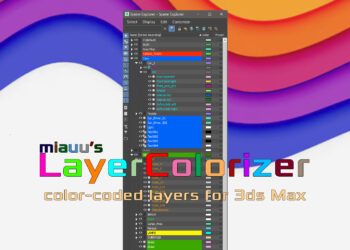

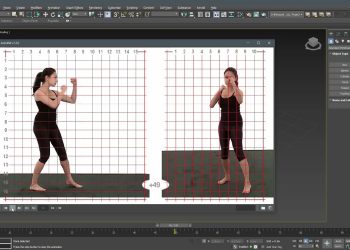
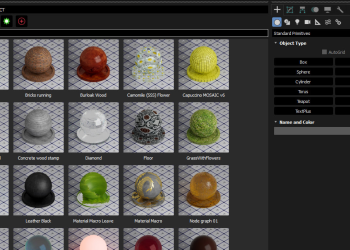
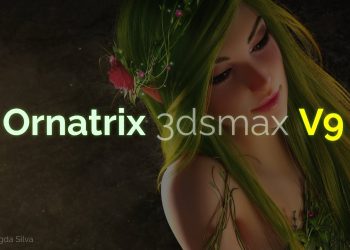
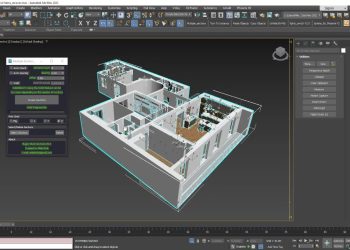
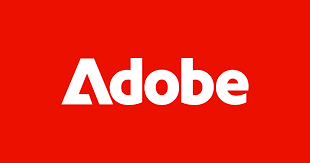

This is awesome!
I never thought I’d see volume manipulation tools in Max this soon 🙂
Just a small question regarding the supported file formats, is this a read-write feature or is it just a read-only feature?
I’m curious if we could sculpt our own volumes and use that to drive say a FumeFX sim.
Haha, I guess I spoke too soon because of the excitement and missed this bit of info:
“Ember includes tools for creating, saving, loading, converting and manipulating volumetric data from various sources.”
I second that! Definitely Awesome.
Mwuuhaahaaa 🙂
Nice try to copying Houdini!
Well done 🙂
@Amigo
I checked some online dictionaries for a definition of the word “copy”. My understanding is that in order to copy something, you have to first look at the original, then make something similar.
Since we have never looked at how Houdini does what it does, I am pretty sure that definition does not apply here.
If your comment was sarcasm, carry on. If it wasn’t, then thanks! 😉
As if Houdini invented the vector field or the particle…